
Next you will learn:
- Is a wasp sting useful for a person, or is it more a delusion than the truth;
- How a wasp sting can be harmful, especially for people prone to allergies;
- The composition of wasp venom and the features of its effect on the human body.
So, how is a wasp sting useful and can the poison of this insect generally have a positive effect on the human body? Generally speaking, the answer to this question is not as simple as it might seem at first glance. And the “first look” here is this: due to the similarity of the compositions of wasp and bee venom, many fans of apitherapy (treatment of diseases using bee products - including bee venom) tend to believe that wasp stings are useful, and that their venom can be used in fight against various diseases.
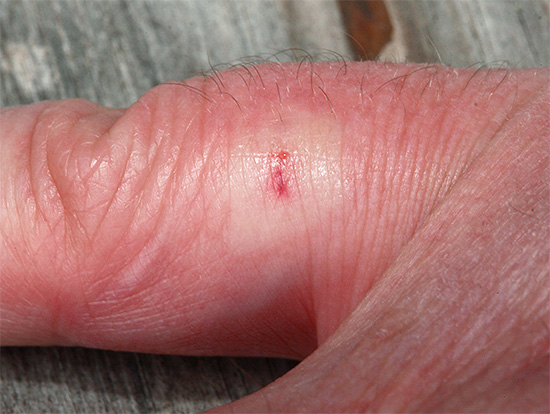
According to this version, an obstacle to the widespread practical use of wasp venom is only the complexity of extracting raw materials: if bee venom can be obtained in apiaries in practically unlimited quantities with an established method, then to obtain wasp venom, you will need to look for wild nests and catch the insects themselves.Or somehow organize the mass construction and settlement of nests by wasps - this technology has not been worked out and seems to be rather problematic.
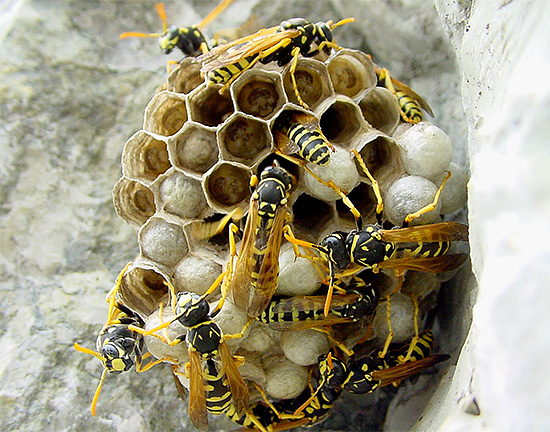
But is a wasp sting really helpful? Despite the fact that the composition of the venom of this insect is quite well studied, and scientists know how it acts on different tissues and organs, the ultimate benefits and harms of a wasp sting for a person are almost always determined by the individual characteristics of the bitten organism - the response of his immune system.
For example, it is widely known that many people are highly sensitive to insect bites in general, and to Hymenoptera bites in particular. Do you think a wasp sting would be harmful to them? Practice shows that for such people, even a single bite will not only be harmful, but may even turn out to be fatal.
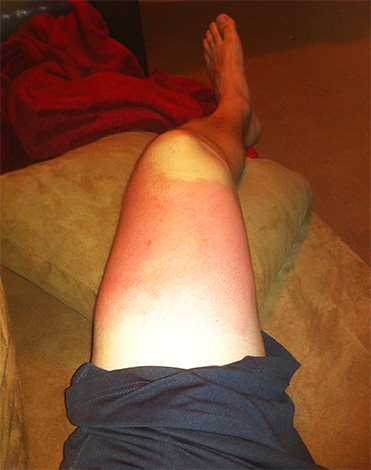
An important feature of wasp venom is its high allergenicity, which sometimes leads to life-threatening edema and anaphylactic shock in sensitized people.
On a note
Even with the widely known and popular bee venom today, not everything is as simple as it might seem. In the entire history of the development of apitherapy, not a single scientific experiment has been carried out, the results of which would allow us to say for sure that bee venom helps to cure certain diseases. It is not known whether it has a healing effect on the body, or has a placebo effect.
Its wide popularity and advertising can be easily explained by the rapid development of beekeeping and the attempts of beekeepers themselves to get the maximum income from their occupation.From this point of view, the unpopularity of wasp venom is easily explained: it is difficult to obtain it, and no one wants to pay attention to its possible medicinal properties - after all, there is bee venom, which can always be obtained in excess and used as a panacea against many diseases.
You also won’t hear much from traditional healers about the high allergenicity of bee venom - it’s simply unprofitable to talk about this once again.
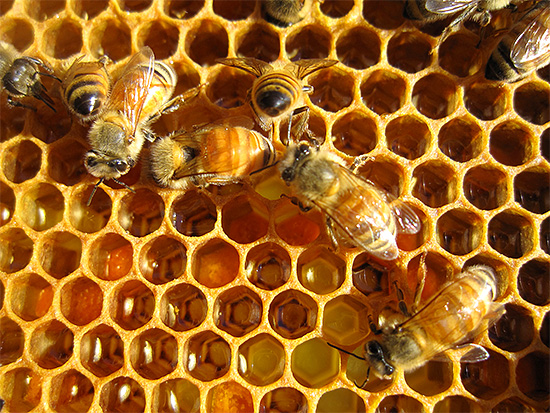
The main components of wasp venom:
- histamine, which contributes to the development of allergic reactions;
- phospholipases - special enzymes that destroy the cell walls of various tissues, as well as blood cells, as a result of which a large amount of their contents is released into the blood (in particular, additional histamine is released from mast cells, which greatly increases allergies);
- hyaluronidase, which also destroys cell membranes and leads to the development of inflammation at the site of the bite;
- acetylcholine, which plays an important role in the conduction of nerve impulses;
- hyperglycemic factor, leading to an increase in the amount of sugar in the blood.
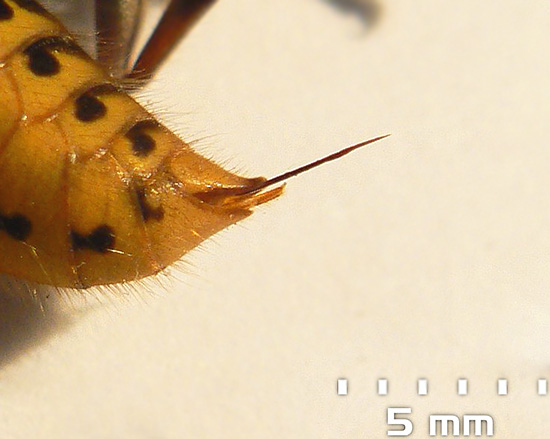
It is worth noting that different wasps have their own specific composition of poison. For example, the venom of hornets - the largest wasps - contains special polypeptides mastoparana and crabrolin. These substances also cause the victim's mast cells to break down and release more histamine from them.
On a note
In some countries, such as Japan, China and the United States, hornet stings kill more people each year than venomous snake bites. And in the same Japan, hornets are the cause of more deaths, all the wild animals of this country combined.
According to unconfirmed reports, regular wasp stings (like bee stings) are useful in that they help increase the amount of hemoglobin in the blood and lower cholesterol levels, dilate blood vessels.
The action of small amounts of wasp venom on the human body often leads to some intensification of the victim's breathing, an increase in the pulse and an increase in blood flow to the bitten organ. In more severe cases, severe swelling, subcutaneous hemorrhages, heart pain, shortness of breath, dizziness, confusion, vomiting are observed - there is no need to talk about any benefit from the bite.
Development of resistance to wasp and bee stings using wasp venom
A useful area of application for wasp venom is the immunization of people against the bites of hymenoptera insects (such people, if they were not provided with competent assistance in time, could easily die even from a single wasp or hornet sting).

To do this, allergy sufferers who have an increased sensitivity to insect bites are injected into the blood in small doses of a drug based on purified and processed wasp venom, in which the concentration of allergens is reduced. After such a vaccination, a person temporarily increases the level of antibodies that neutralize toxins in the event of a bite.
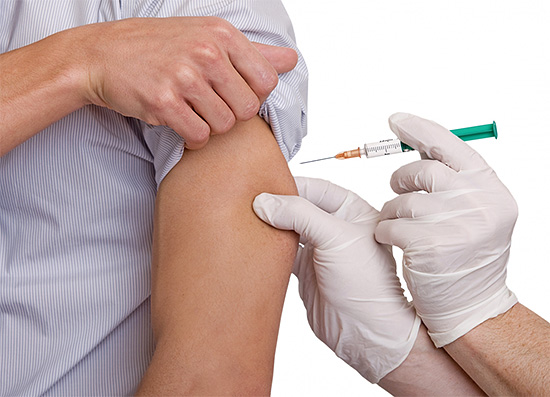
Review
“I read somewhere that a person can even die from a wasp sting. I don't even believe it. As a child, wasps and bees very often bit me, and nothing more serious than just a bump for a couple of days happened. Two years ago I worked as a driver and for the whole summer I drove several apiaries through the fields, and then the honey from them went shopping. That's where the bees bit me a lot, and by the end of the summer I didn't notice their bites at all.Well, that is, if it bites, it hurts, but after that I pull out the sting and that's it. After a couple of minutes, I can’t even remember where she bit. And such protection remained. Just recently, a wasp stung on the balcony - the result is the same, there was not even a tumor.
Sergey, Zelenograd
It is important to note that wasp stings themselves should by no means be considered as a means of strengthening one's immunity. For sensitized people who react acutely to insect bites, such an independent natural "vaccination" can be deadly. All procedures for allergy sufferers are carried out only in clinics under the supervision of doctors.
Can wasp venom be used as a cancer treatment?
Indeed, the use of the beneficial properties of wasp venom was taken seriously in Spain. More recently, a group of scientists from the Barcelona Institute for Biomedical Research published the results of experiments in which components of wasp venom were used to kill cancer cells.

The idea of such use of wasp venom is well understood: if its components successfully destroy the walls of ordinary cells, as well as blood cells, then they can also destroy cancer cells. The task was only to force the toxins to selectively act on cells - to destroy cancer cells, but not to touch healthy ones.
During experiments in a test tube, scientists managed to "glue" the molecules of the individual components of wasp venom with a special protein that could only connect to the surface of a cancer cell. As a result, such a tandem safely passed by all healthy cells in the culture and immediately adhered to a cancer cell that came across it. This was followed by destruction of the shell of the cancer cell and its death.
All these encouraging results are just the beginning of a long journey.The next step is to test the drug from bee toxin and a special transport protein in mice.
Of course, it is impossible to consider pure wasp venom as a useful remedy for cancer. And it would be even more stupid to use wasp stings for this in ordinary life: the poison will equally affect both healthy and diseased tissues.

Harm from a wasp sting
It is much easier to explain why a wasp sting is harmful than to find useful ones among its properties. So, for example, after a wasp sting:
- edema and inflammation develop, soft tissue cells and walls of blood vessels are destroyed;
- the victim is tormented by pain, then usually turning into itching at the site of the bite;
- sometimes the body temperature rises, there is a slight malaise;
- an allergic reaction may develop, the consequences of which will have different severity in different people - from urticaria and headaches to serious intoxication, Quincke's edema and even anaphylactic shock.
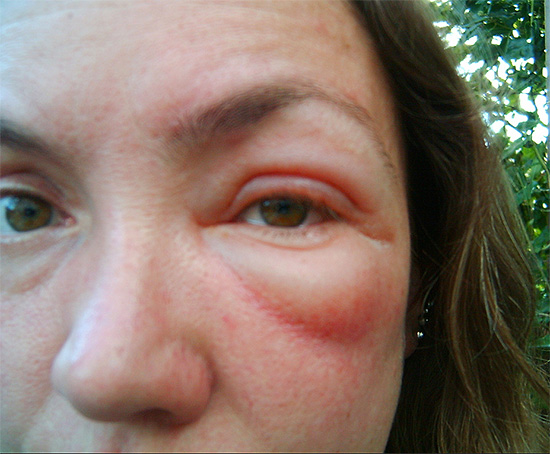
Wasp stings are also harmful because they often cause so-called sensitization - an increase in sensitivity to subsequent bites. This means that if the first wasp sting passed without serious complications, then subsequent ones can cause more and more severe allergic reactions, up to the almost instantaneous development of Quincke's edema, asphyxia, anaphylactic shock and death.
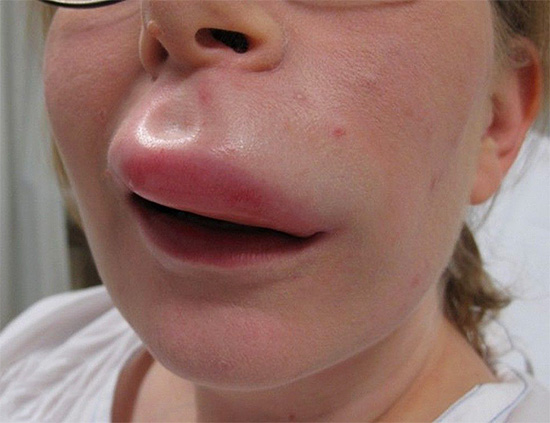
It is interesting
There is a popular belief among the people, according to which exactly nine hornet stings are enough to kill a person. Each of these bites - no matter how much time has passed between them - will have more and more serious consequences. And after the ninth, the person will die. Therefore, hornets are sometimes also called nines.
Of course, like all folk signs, this one is also quite arbitrary: on the contrary, many people develop immunity with frequent wasp stings, while others develop sensitization very slowly, so even more than a dozen bites with long intervals between them will not lead to dangerous consequences. But a large number of allergy sufferers, for whom wasp stings are extremely dangerous, indicates that, in general, such attacks are quite harmful.
It is also worth noting that multiple stings of wasps attacking in a swarm can lead to subcutaneous and internal hemorrhages, necrosis, damage to internal organs, sometimes to kidney failure - in such situations, even without any tendency to allergies, human life can be in jeopardy.
Different wasps - different bites
In total, there are more than 22,000 species of wasps in the world, and each of them has a poison with its own specific properties.
So, the sting of some road wasps is considered the second most painful among the stings of all insects in general (in the first place is the bite of a tropical bullet ant).
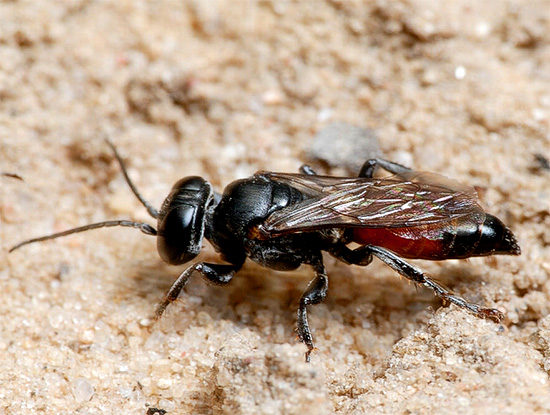
And the bites of giant hornets can cause extensive necrosis and internal hemorrhages. That is why, apart from specifying a specific species, it is impossible to unequivocally say how useful or harmful a wasp sting is.
It is interesting
The size of a wasp does not always directly correlate with the strength and harm from its poison. Huge scolia wasps bite hardly more than a mosquito, because their venom is not intended to scare away, but to paralyze prey. Conversely, some small German wasps, also called velvet ants, bite much more painfully than ordinary paper wasps.
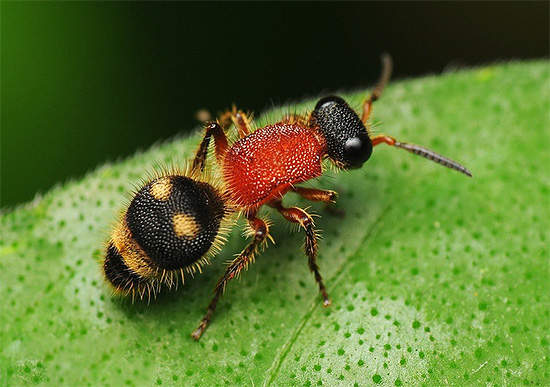
So, in general, it is impossible to say that wasp stings are useful.In most cases, these stings cause unpleasant and painful sensations, which in many people threaten to turn into a far from harmless allergic reaction. And even if you personally feel some benefit from wasp stings, then it is hardly worth recommending such therapy to your friends and acquaintances uncontrollably: who knows how their body will react to the second, third ... or ninth bite ...
An interesting video about the high danger of wasp and hornet stings for human health

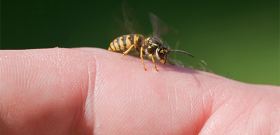


Thank you.
Bitten by wasps, more than 10 pieces at a time - it's okay. It scratched for half an hour and passed, but for two winters in a row I did not know what the flu was.
I was also bitten by a wasp in the hand, where the thumb is. At first there was no tumor, then the hand swelled up. Also a state of discomfort. Well, I think it will pass, I kept it in salt water, I smear the linkas ointment and treated the bite site with green paint.